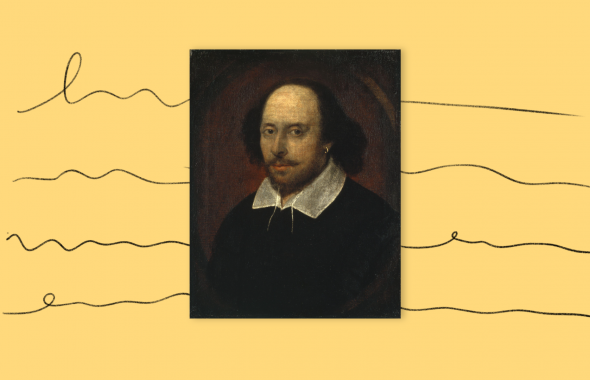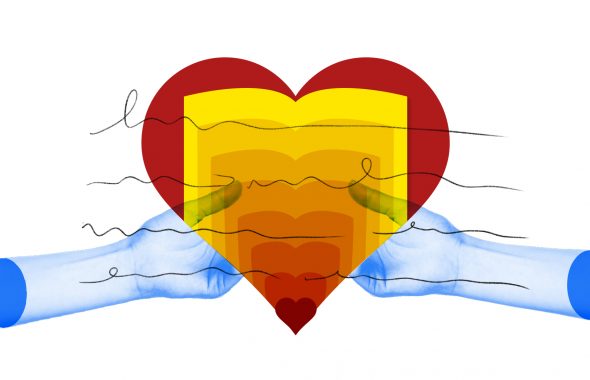Green or emerald green?
As one of the most common colors around us, green gets a lot of love from the English language. Why just say “green,” when words let you specify shades so beautifully?
Emerald is a brilliant, deep green, like the gemstone from which it takes its name. Early evidence for use of emerald as color word comes from William Shakespeare in the early 1600s. Prior to that, the term, which comes to us from the Greek smaragdos meaning “green gem,” was connected to the precious green stone called beryl.
Maybe because of the rarity of the gemstone, emerald green is often used to reflect an exquisite or precious quality, as in Emerald Isle, a poetic name for Ireland made popular by the Irish writer William Drennan in his poem “When Erin First Rose.”











































